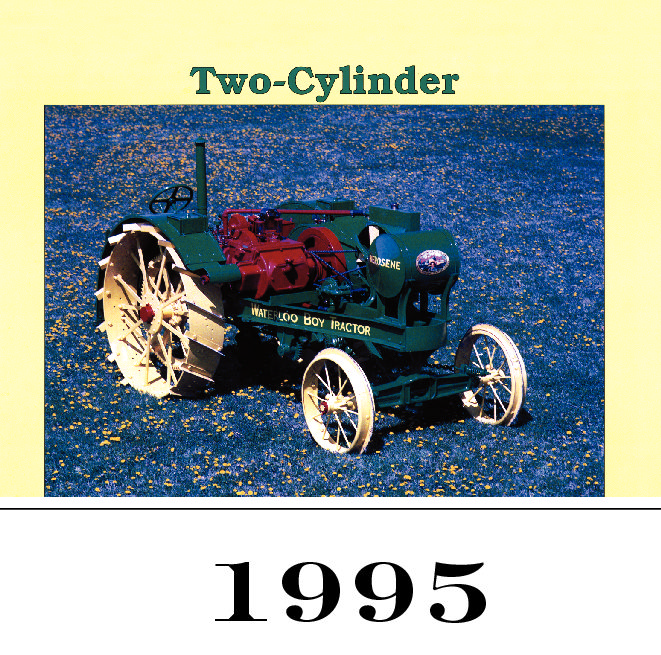
1995 Feature Articles — CD-ROM
December 2, 2018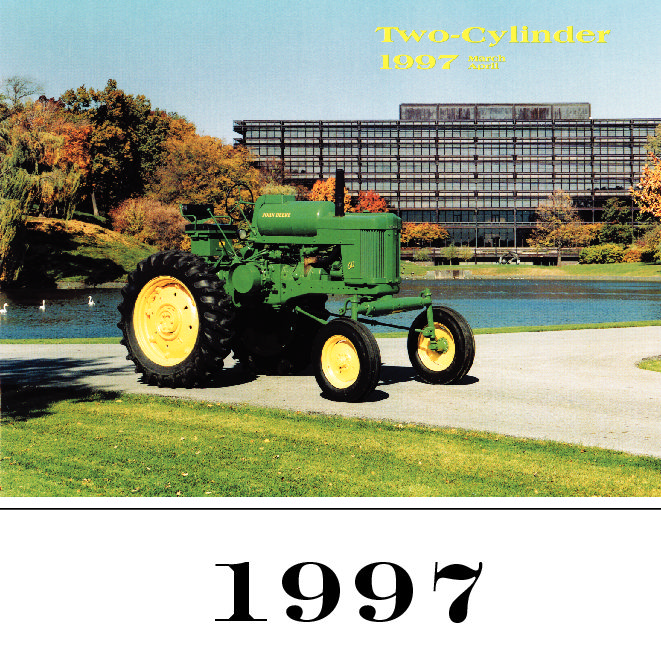
1997 Feature Articles — CD-ROM
December 2, 2018$14.95
The John Deere Model “62” and Unstyled Model “L” Tractors
The John Deere Model “BR” Tractor
The John Deere Model “840” Tractor
The John Deere Model “B” General Purpose (mid-1938 to early 1947) Tractor
Two-Cylinder VI
The John Deere Model “435” Tractor
MODEL “62” and UNSTYLED MODEL “L” TRACTORS: The entire effort was started in 1935 with the conception of what would become the Model “Y”. Deere & Company officials agreed upon the need for a small tractor that would replace a single team of horses or mules. Five Deere engineers, led by chief engineer Max Sklovsky, set to work on the project with a very restricted budget. The initial effort was primarily to prove out the concept. The result was two dozen Model “Y” Tractors, built from readily available components. An undetermined number of them had Novo engines. Problems with reliability in this application resulted in the switch to a Hercules vertical two-cylinder engine of similar size and configuration as the Novo for the rest of the production run. The transmission and steering of the “Y” came from the Model A Ford parts bin.
MODEL “BR” TRACTOR: It’s been called “the ugliest John Deere Tractor ever built,” while others think it’s one of the cutest. The “BR” offers a lot of advantages for the collector; and any way you look at it, that makes it attractive. It’s over a foot shorter and narrower than the already compact Model “D”, and a healthy hand-span lower. Its wheelbase is four inches shy of six feet. Still don’t have a good feel for its size? Okay, the “BR” is about three feet shorter than a Jeep Wrangler. It’ll fit in your garage with enough room left over for the bicycles and lawn mower.
MODEL “840” TRACTOR: The long list of John Deere Two-Cylinder Tractors had to end somewhere, and so it did with the “840”. A remarkable tractor, like the Starship Enterprise it went where no John Deere had ever gone before. That is, if you’ll excuse a small number of side-seat “820” Tractors that proved the worth and paved the way for the “840”.
An “840” wasn’t specifically the last domestic two-cylinder built, but production did run well into the 1960 model year. And, since it is the numerical champion (after all, it beat the Model “830” by a full 10), it does take its rightful place at the end of an alphanumeric lineup that began in 1923 with the spoke-flywheel Model “D”.
Like the “DI”, the “840” was designed specifically for pulling earth-moving equipment. The side-seat configuration allows for a 5th-wheel type of hook-up arrangement for an elevating scraper, which was a significant improvement over the “830” Industrial.
MODEL “B” GENERAL-PURPOSE (mid-1938 to early 1947) TRACTOR: It’s quite likely that more people have had personal experience with the styled Model “B”, built from mid-1938 through early 1947, than with any other series of John Deere Tractors — not only because of their great popularity, but because this is the tractor that uncle Fred trusted nephew Jim to run when he visited the farm during the summer. Model “Bs” seemed to be everywhere. Reasonably priced, highly dependable, cheap to feed, easy to service, a pleasure to operate, and very versatile.
The styled “B” Series replaced the unstyled version in the summer of 1938, at the same time the styled “A” was introduced. While the “A” was initially just a carryover of the unstyled model with new sheet metal, the “B” received a larger engine. The bore was increased from 4-1/4 to 4-1/2 inches, and the stroke from 5-1/4 to 5-1/2 inches. Rated horsepower increased from 9.28 to 10.84 at the drawbar.
TWO-CYLINDER VI: Exhibitors brought some of the finest tractors ever on display at a single show, and almost a hundred Two-Cylinder Club members were proud to even show a competitive make that may have been in the family for generations. Since many of us are unfamiliar with other makes, a lot of time was spent visiting with these exhibitors about which was the most comparable John Deere model, and so on. With few exceptions, the John Deere enthusiasts attending the show seemed to openly appreciate being able to make the direct comparisons.
MODEL “435” TRACTOR: Rarity has not been an issue with the “435”, as there were 4626 built. Interestingly, that occurred over a period of slightly less than a year. The first one, serial number 435001, was driven off the assembly line on March 31, 1959. The last one, serial number 439626, was finished on February 29, 1960 (leap day, as you might note).
The engine selected for the “435” was similar in configuration and size, being a vertical two-cylinder of 106-cubic inches, but was a product of General Motors, and a two-cycle diesel at that! The GM 2-53 engine was designated as such because of its two cylinders, each with 53-cubic inches of displacement.
- Information-packed, educational, and entertaining Feature Articles; with photos and accuracy unmatched elsewhere!
- Each CD contains all of the Feature Articles for an ENTIRE YEAR, and is enclosed in its own unique sleeve!
- Searchable PDF format! What does that mean? You’ll be able to easily locate specific subjects in the article, “zoom-in” on photos (in color and b/w), and print off any part (or the entire article) for your personal use.
CD-ROMS are for COMPUTER-USE ONLY and WILL NOT PLAY on traditional television or radio entertainment systems!!! Opened CDs are not eligible for refund or return. Computer System Operating Requirements: Adobe Reader 8.1.3 • Adobe Reader 9 • Windows Vista • Windows XP • Windows 2000 SP4 and higher • Mac Intel/PowerPC 10.4.11 – 10.5.6 • Mac Intel 10.4.4 – 10.4.10 • Mac PowerPC 10.4.3 – 10.4.10, and higher

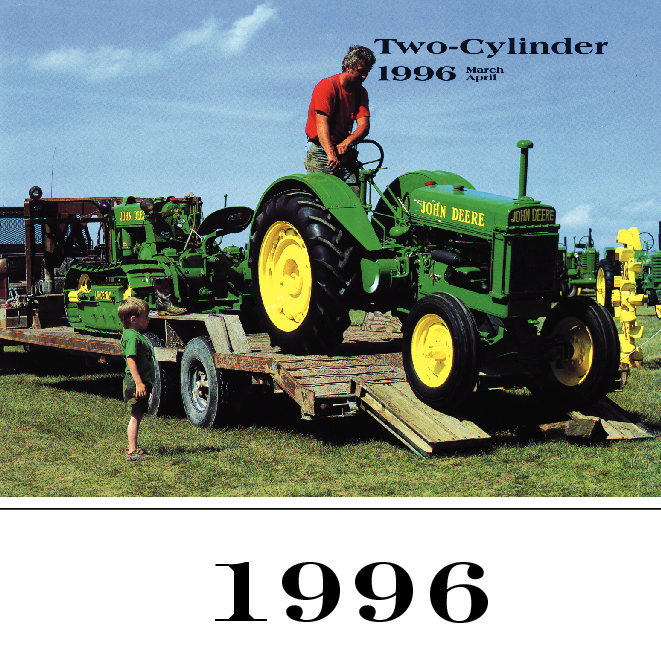
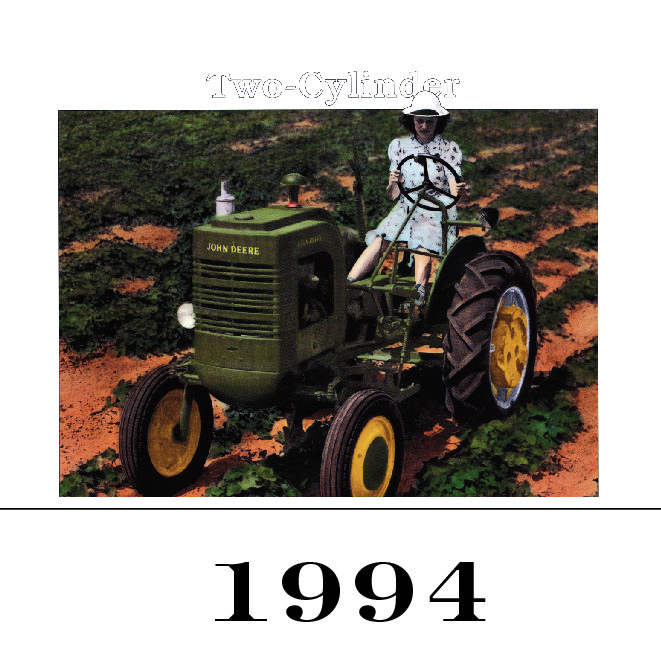
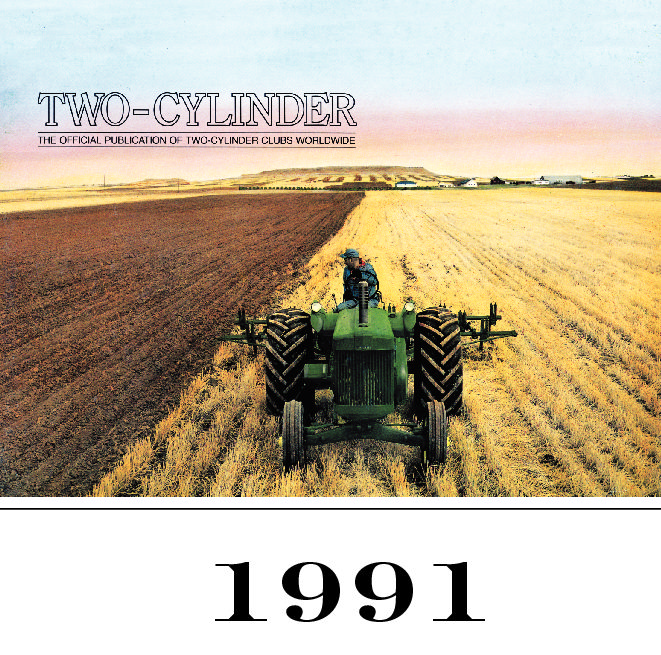
Reviews
There are no reviews yet.